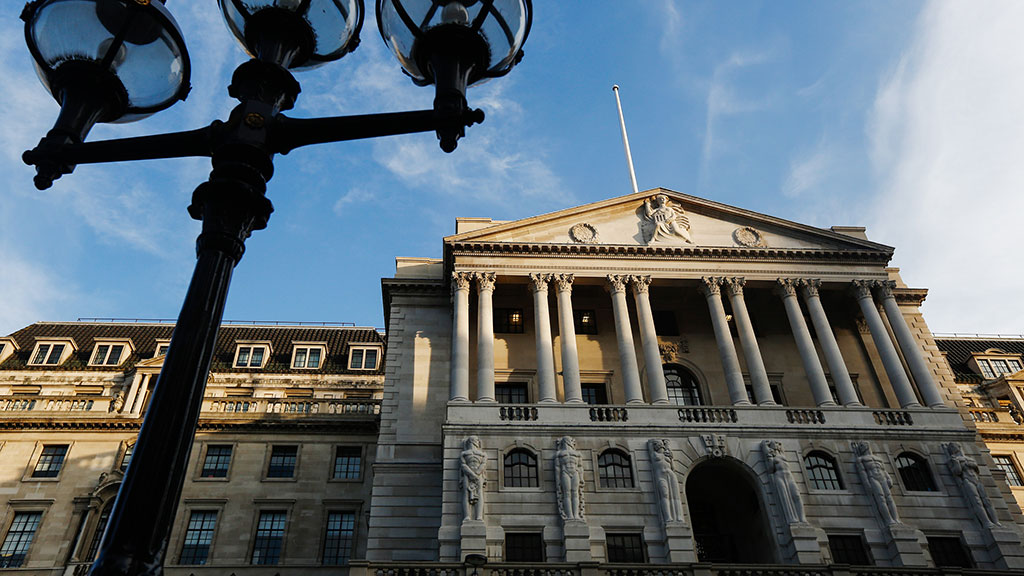Weak inflation data may gives the Bank of England an excuse to cut rates
UK inflation is edging lower, and is now well below the Bank of England’s 2% target rate. That could mean even lower interest rates. Here's why.


Depending on whether you commute or not, it may not feel much like it – but the UK’s rate of inflation is edging lower. Indeed, it’s now well below the Bank of England’s central 2% target rate.
In December, inflation (as measured by the consumer prices index, CPI) came in at 1.3%, compared to 1.5% in November. Under the Bank’s previous target measure – RPIX, or the retail prices index excluding mortgage interest – inflation came in at 2.2%, down from 2.3% in November. (The old target was 2.5% – for more on the difference between the two, here’s an explainer).
That was a bit lower than expected. It gives more credence to the idea that the Bank might consider cutting interest rates from their already spectacularly low level of 0.75%. That in turn helped to weaken the pound in the wake of the report.
Subscribe to MoneyWeek
Subscribe to MoneyWeek today and get your first six magazine issues absolutely FREE

Sign up to Money Morning
Don't miss the latest investment and personal finances news, market analysis, plus money-saving tips with our free twice-daily newsletter
Don't miss the latest investment and personal finances news, market analysis, plus money-saving tips with our free twice-daily newsletter
The good news is that this means that wages are still increasing in real terms (i.e. after inflation). The latest data (from October) suggests that wages (excluding bonuses) rose by 3.5% year on year. That means real wages are rising at a pretty decent rate, certainly compared to recent history. That should support consumer spending, which is a key part of the UK economy.
Get the latest financial news, insights and expert analysis from our award-winning MoneyWeek team, to help you understand what really matters when it comes to your finances.
John Stepek is a senior reporter at Bloomberg News and a former editor of MoneyWeek magazine. He graduated from Strathclyde University with a degree in psychology in 1996 and has always been fascinated by the gap between the way the market works in theory and the way it works in practice, and by how our deep-rooted instincts work against our best interests as investors.
He started out in journalism by writing articles about the specific business challenges facing family firms. In 2003, he took a job on the finance desk of Teletext, where he spent two years covering the markets and breaking financial news.
His work has been published in Families in Business, Shares magazine, Spear's Magazine, The Sunday Times, and The Spectator among others. He has also appeared as an expert commentator on BBC Radio 4's Today programme, BBC Radio Scotland, Newsnight, Daily Politics and Bloomberg. His first book, on contrarian investing, The Sceptical Investor, was released in March 2019. You can follow John on Twitter at @john_stepek.
-
 Will “Liberation Day” strike again?
Will “Liberation Day” strike again?Donald Trump’s 90-day tariff pause comes to an end on 9 July. Can we expect further market turmoil?
-
 Israel claims victory in the '12-day war' with Iran
Israel claims victory in the '12-day war' with IranDonald Trump may have announced a ceasefire in the 12-day war between Israel and Iran, but what comes next depends on what happens internally in Iran
